Satin vs Sateen
In the vast panorama of textiles available to retailers, designers, and creators, two materials often stand out for their unique […]
Secure Payments
Over 450 fabrics with large stock availability!
Viscose is a versatile and useful fabric that has been in production since the 1880s, but more recently has grown in popularity due to its elegant drape and variety of textures. Explore our range of fabrics and the different types of viscose we have available.
Viscose is a cellulose fibre made from wood pulp and mixed with chemicals to produce a more cost-effective alternative to silk fabrics. Viscose is a type of rayon fabric and derives its name from the processes used in the manufacture of the fabric.
Viscose fabric is absorbent, breathable and soft. The lighter weight fabrics drape well, making them perfect for dressmaking.
Now we’ll explain the various viscose fabrics available and their uses.

This fabric is lightweight, drapes well and is often used for vintage-style tea dresses and blouses.
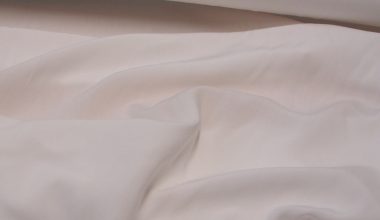
A medium-weight, plain weave viscose which can be used for blouses, dresses and skirts.
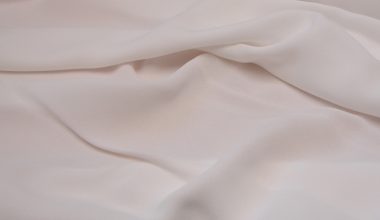
This is a versatile fabric that can be used for a variety of garments and projects. It is woven with highly twisted yarns, making it durable yet still soft and drapes well.
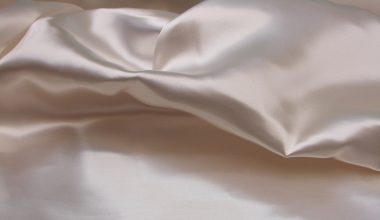
This medium weight viscose satin woven fabric can be used as a more economical alternative to Duchess Satin.
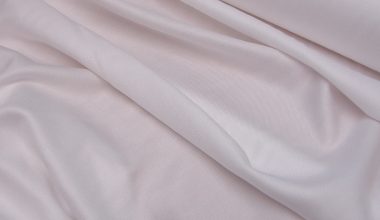
A medium-weight viscose with a classic twill weave. A versatile fabric for making structured dresses, soft blazers and trousers.

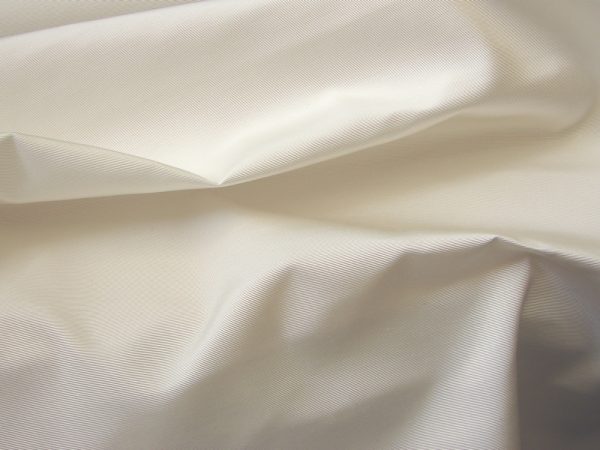
This fabric has a repp rib and is slightly more substantial. It can be used for structured dresses, soft jackets and trousers.
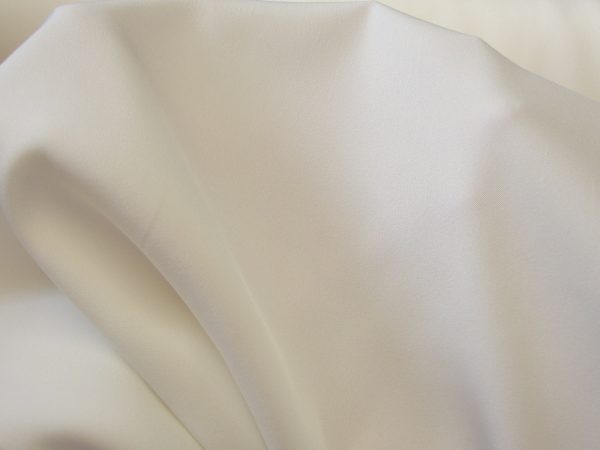
A medium-weight stretch fabric with a beautiful drape, ideal for tea dresses and blouses.
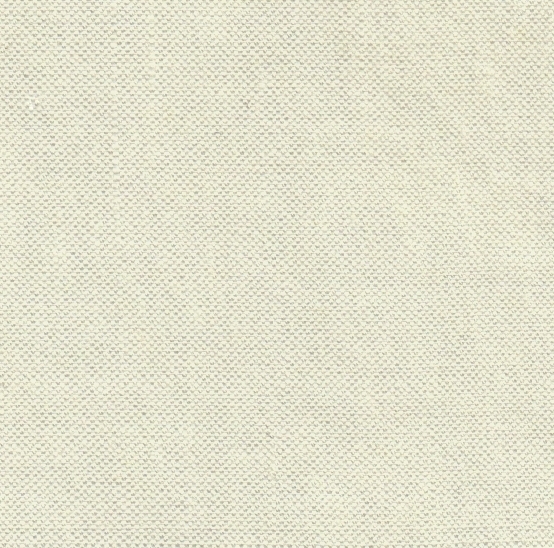
This plain weave, luxury fabric has a beautiful sheen and drape. It feels very soft against the skin and would be ideal for tops, lingerie and nightwear.

This is a non-woven fabric ideal for all crafts such as making soft toys, costumes, applique, decorations and much more. It is prepared for dyeing and/or printing and is truly biodegradable.
This incredible fabric is very absorbent, dyes and holds colour well making it an ideal choice for garment manufacture. Viscose is a little more sustainable than some other fabrics because it is made from recycled plant residue. It is also used as a cheaper alternative to silk.
Due to its highly absorbent properties and relatively inelastic nature viscose is delicate when it is wet. This is why we recommend hand washing only, with cold or lukewarm water not machine washing.
When viscose is wet, it is more rigid and can possibly shrink. Once dry, it will somewhat recover its original shape. Do not tumble dry, allow the viscose garment to air dry flat or on a hanger. Be careful, as viscose can be damaged by excessive wringing and twisting.
Viscose should be ironed on the reverse side while damp. We recommend you select the silk program on the iron and for further precaution, use a damp cloth.
Overall, viscose is a versatile and useful fabric that has been in production since the 1880s, but more recently has grown in popularity due to its elegant drape and variety of textures. Explore our vast range of fabrics and the different types of viscose we have available.
If you enjoyed this blog, you may like our 7 ROYAL WEDDING DRESSES, HOW TO GET THE LOOK & Calico Fabric Guide.